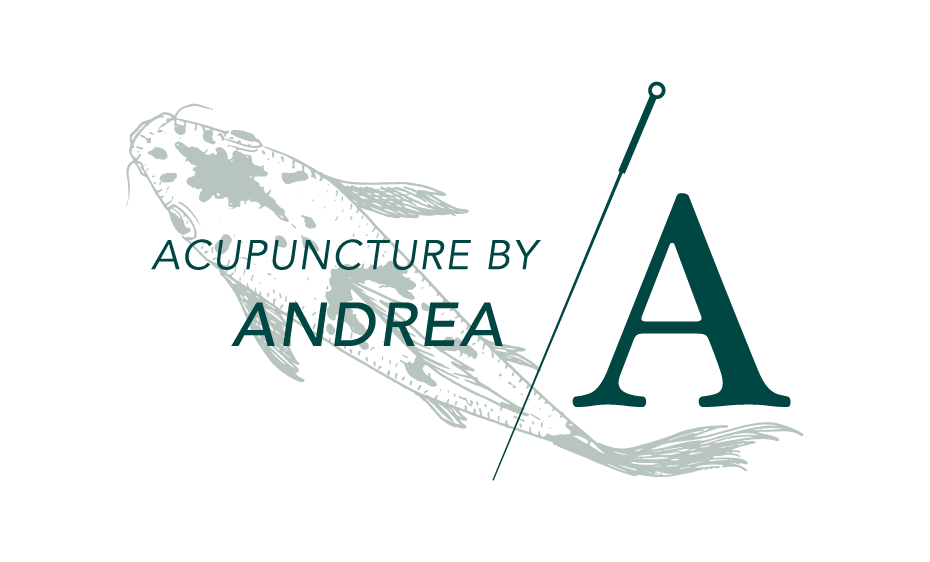Gynecology And Obstetrics In Traditional Chinese Medicine
Acupuncture and Traditional Chinese Medicine (TCM) treat all aspects of health, with a holistic approach to wellness. The ancient Chinese scholars and doctors became specialists in specific areas of wellness, including fertility. The treatment of fertility in TCM was highly studied starting around 206 BC. Gynecological health was integral to menstrual regulation and healthy pregnancy, necessary in a growing population. Practitioners of TCM studied fertility, pregnancy and prenatal care and created a rational system of medicine.
During times of war and population decimation, unmarried women and young women were given special tax credits for bearing children to build back the population. In times of growth and population expansion, families were taxed for having more than one or two children. The herbal formulas and acupuncture protocols of contraception, infertility, labor induction, and pain relief were built and perfected in relation to population and available resources.
Growth of the populace bred greater development of herbal and acupuncture protocols. Most villages had their own best practices and family members were taught herbal formulas and acupuncture protocols in song and story which were passed down through the generations. Most were never written down. Those protocols preserved in writing were often lost when recurrent fires ravaged cities, resulting in a loss of records, and often even the loss of those villagers carrying the knowledge.
Yet, knowledge persevered and the number of gynecological herbal formulas grew to over 160 from a prior list of only 50. Although many have been modified and some we don’t often see in the West, a vast majority of these formulas developed hundreds to 1000 years ago, are still prescribed today.
Gynecology was established as a medical practice during the Song Dynasty (960-1279). The first text on gynecology and obstetrics, “Compendium of Good Remedies for Women”, was written during this era. The author, Chén Zì-Míng collected formulas, ancient practices and his own experience in this volume, and stated that regulating menstruation was the key to successful impregnation.
Skip ahead to the 20th century where the knowledge gained by Western and Chinese Medicine has been combined and more innovative treatments have been emphasized. PCOS and endometriosis can be treated by both, as well as breech presentation of the fetus and cervical carcinomas. TCM has also shown great success in treating infertility.
Breech Protocols
A breech pregnancy occurs when the baby (or babies!) is positioned head-up in the woman’s uterus, so the feet are pointed toward the birth canal. About 4% of all pregnancies result in a breech baby.
Babies in the womb generally move head down and face up towards the end of the pregnancy to get in position for birth. The breech position occurs when the babi’s bottom is towards the cervix where the head should be. This complicates matters for both mother and child as the delivery process may be hindered and the safety of both patients is in jeopardy then.
In the Acupuncture by Andrea clinic, we have successfully turned a number of breech babies. Babies are usually diagnosed as breech in weeks 34 to 37 of gestation. The sooner the mother can get the diagnosis and acupuncture treatment, the greater the success. The later the date and the larger the baby grows leaves less room to turn and more complications with the cord. The turning protocol treatment is easy, relaxing and pain-free.
Moxibustion is a traditional Chinese method that uses the heat generated by burning herbal preparations containing Artemisia vulgaris (mugwort) to stimulate acupuncture points. For more than one thousand years, Traditional Chinese Medicine has applied moxibustion to promote turning of fetuses in breech presentation. Acupoint BL 67 (called Zhiyin), located beside the outer corner of the pinky toenail, is targeted in this treatment.
The suggested number of treatments for a breech pregnancy varies, but I generally treat 1-3 times per week for 10 days to 2 weeks. The visits may occur every other day, with a 2-3 day break before re-starting treatment. These will take place in the clinic until the mother-to-be and her partner are comfortable, then the moxa technique (not the acupuncture portion) can be done at home. The moxa sticks can be obtained at the clinic and only a few items are needed to follow the protocol:
Moxa charcoal cones or sticks
Candle and lighter
Sand or material to extinguish stick so it can be reused
Allow yourself 20-30 minutes to relax and enjoy this gentle and non-invasive treatment.
Research on the efficacy of moxibustion is ongoing. One 2013 study of 406 pregnant women with confirmed breech presentation showed that the moxibustion group had a significantly higher rate of success than those that had "sham moxibustion" or usual care. In fact, nearly 60% of the moxibustion group breech fetuses turned while the other groups experienced success only about 45% of the time.
IVF Protocols
Acupuncture has been shown to increase the efficacy of IVF live births when compared to no treatment in this area. Studies have shown an increase in success rates with women who undergo acupuncture sessions before and after in vitro fertilization or IVF. And the patients who have regular visits before the process is started show an almost 2-1 success rate with implantation.
Couples are often highly anxious during the lengthy IVF process, and acupuncture can help! Acupuncture is highly successful at treating anxiety of all types. IVF-related anxiety should be addressed with your acupuncturist.

